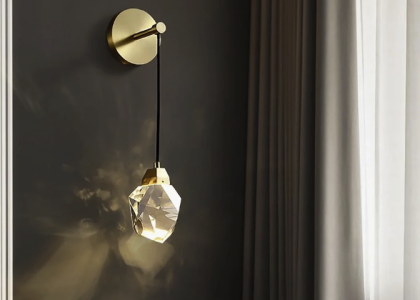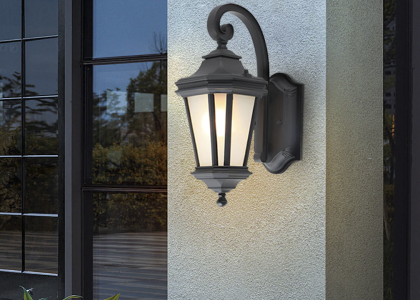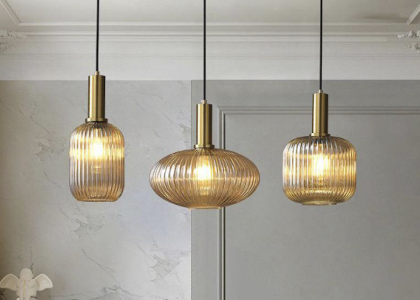Introduction
Pewter is a unique alloy of tin, copper, and antimony, often used in the production of decorative items and household objects. The process of melting pewter is a remarkable craft that allows craftsmen to create stunning works of art. In this article, we will explore the art of melting pewter and how it contributes to the beauty of the final product.
The Process of Melting Pewter
The process of melting pewter involves heating the alloy to a temperature between 200-300°C until it liquefies. The craftsperson then pours the molten pewter into a mold, shaped according to the intended design. One of the advantages of pewter is its low melting point, making it easy to work with. It has a low toxicity and can be easily recycled, making it an ideal metal for artisans and craftspeople.
The History of Pewter
Pewter has been in use for many centuries. Its use dates back to the ancient Romans, who used pewter to produce items such as plates, cups, and bowls. During the Middle Ages, pewter was widely used across Europe, particularly in the production of utensils, candlesticks, and tankards. Pewter’s durability, malleability, and relatively low cost made it a popular metal for craftspeople of that time.
Melting Pewter for Art
Melting pewter is not only functional but also an art form. It allows artisans to create intricate designs, detailed patterns, and unique shapes. Pewter artists can create figurines, jewelry, and even sculptures with the molten metal. The beauty of pewter lies in its soft luster, and many craftsmen rely on polishing and finishing techniques to enhance the final product’s shine.





